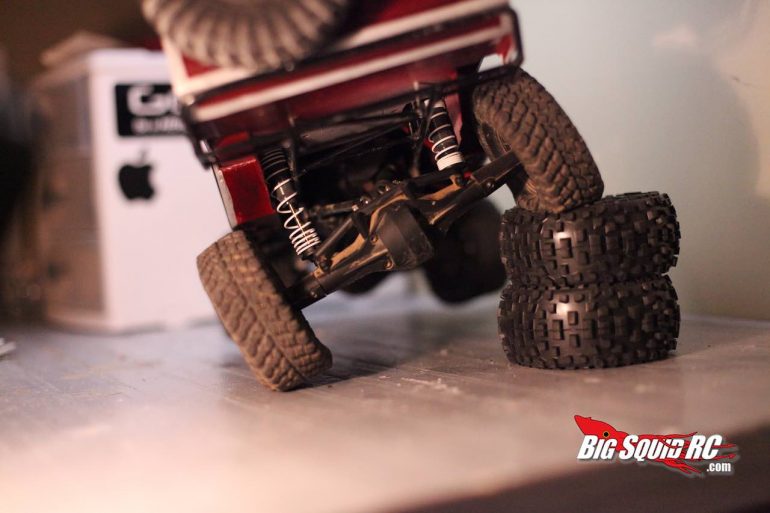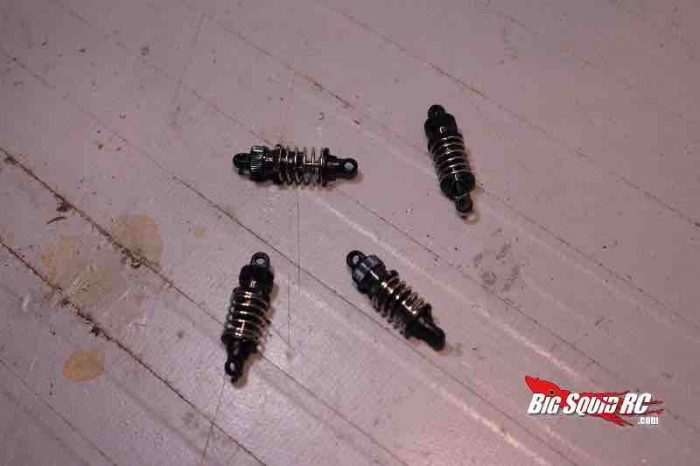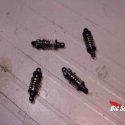Basher Basics — Shock Tuning
Hello and welcome to Basher Basics. In this series we will go through many of the basic topics to help you improve your RC’s performance on the track, and in the pit. So without further ado, let’s jump into the topic for this week: shocks.
Your truck likely has four, or in some cases eight, but regardless of the number, it is the shock’s job to hold the RC off the ground and away from the harsh skin of Terra Firma while keeping all wheels on the ground as much as possible. While their task is relatively simple, the effectiveness of the shocks directly impacts the performance of the vehicle as a whole.
There are two extremes when it comes to tuning your shocks. If they are too stiff, your truck will bounce around, the tires will not get as much traction as they otherwise could have, and consequentially your truck will lose speed and maneuverability. You may also lose out on scale points as well if your RC is bouncing off every pebble on the trail!
The other extreme is when your shocks are too soft. Much like the struggles faced by full-scale racing teams, your chassis can “slap” the ground, hopping the rear up, and consequentially losing out on traction. This action will not only waste desperately needed traction, but it will jostle the RC in general, putting more wear and tear on your truck. By this time, you probably know that traction is king in the world of RC, and you can maximize the traction that you have (for free by the way, which is always a plus) by tuning your shocks correctly.
So is there a sure-fire way to get the perfectly tuned shocks? No. However, if you see any signs that your RC has characteristics of over-stiffened or over-softened shocks, adjust your shocks accordingly. Also remember to tune your shocks identically for optimal results. A great tool for this is the RPM Shock Duplicator, or, you know, do it by hand like some sort of animal!
Now that you know how you want your shocks to work, let’s try to make that dream a reality! There are two shock absorption systems inside the shock itself, the spring, and the piston. The spring is what actually supports the weight of the RC, and your choice of spring rate will determine how quickly your shocks will spring back to their full height.
The pistons are the more complicated part of the shock. It is their job to slow the compression and decompression of the spring. This is adjusted by putting different weights of shock fluid in the reservoirs. The heavier the “weight” of the shock oil, the more resistance the shock will have when they absorb the bumps.
In conclusion, think of yourself as the Goldilocks of shocks. Not to hard, not to soft, but just right! The end result are faster lap times, or just plain old more traction for you bashers out there, and I know that you are out there!




